Building a Raised Bed With Junk Timber and Cloth Bed Update
After planting our two cloth beds, I quickly realized this was not going to be enough. I have the same realization every spring as the warming temperatures reveal the potential of the Kentucky growing season, and I always want more room to plant. With money in short supply, buying more cloth beds was not an option. Luckily our land lord had cut some small tulip poplar behind our house, and I had eyed them out for raised beds months ago.
I threw together this simple bed in a short amount of time. The logs are dry rotted and were easy to cut with my dull axe. I didn't try to make this a solid, long lasting structure. It's very likely we will be moving in June, so there's no need to to get dug in to deep.( Pun most definitely intended. ) I set my fence up so that I can easily expand if our plans change. There are enough logs on the hill to build several more beds. I might decide to do more while I have the chance, I'll just have to wait and see how I feel.
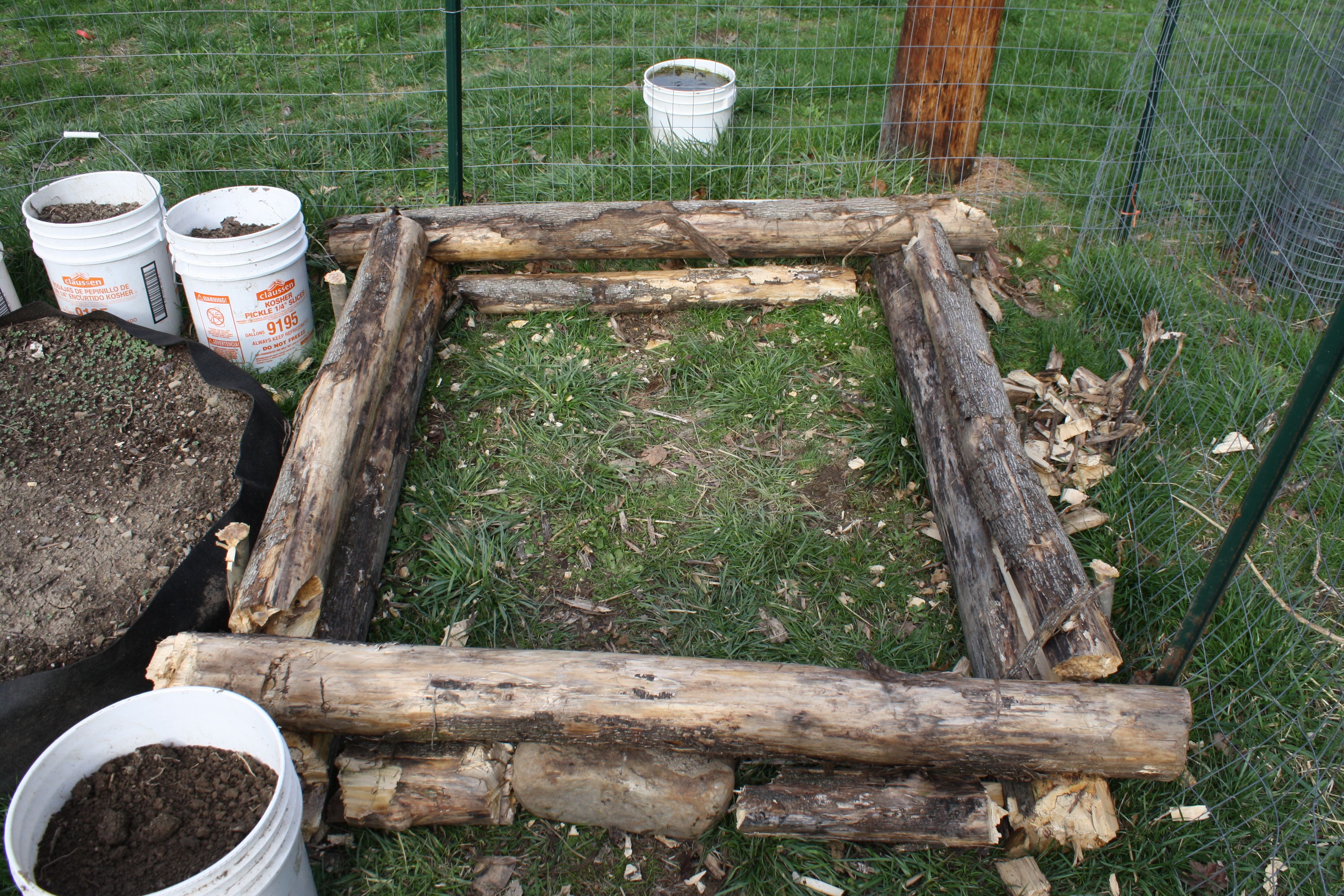

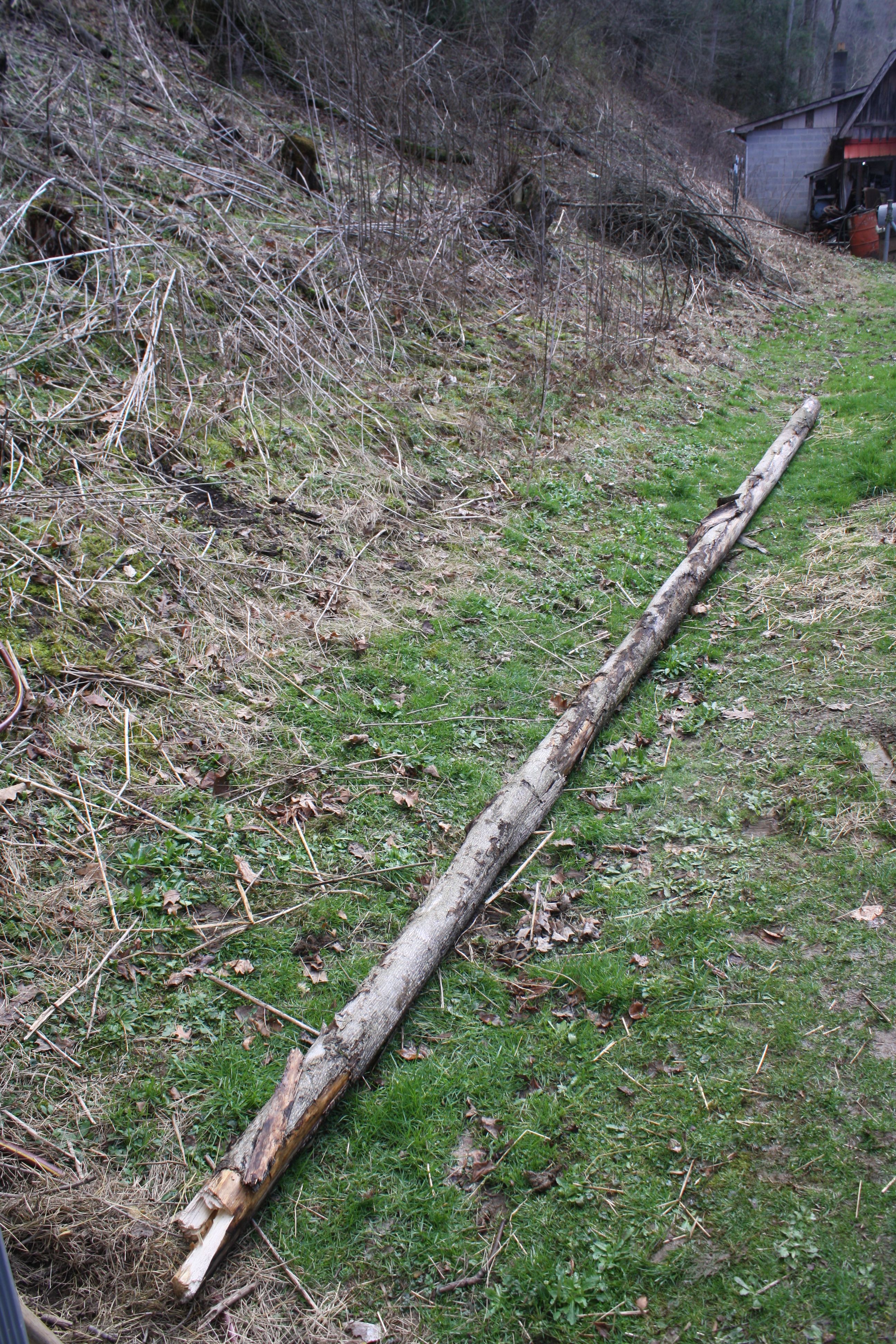
I only needed this log, and then one section from another to build the bed. Getting it off the hill was pretty easy, and cutting went fast. Because the log is poplar, and dry rotted, it was light and easy to carry. I measured the sections out to about 1 1/2 axe lengths and that worked out perfectly. The stumps of tulip poplar send off numerous sprouts when cut, and make a great forage.
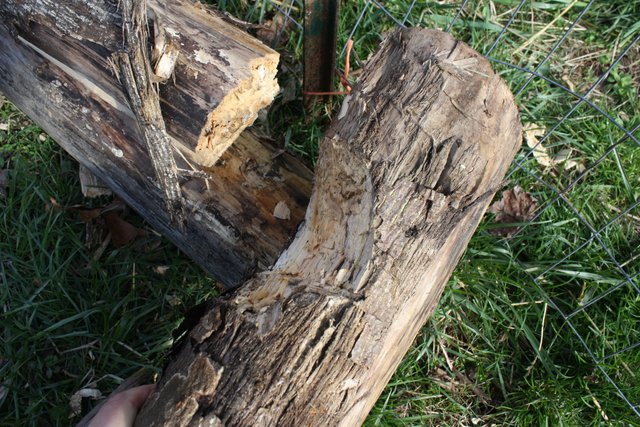
I made some simple saddle notches to hold the ends on, and made some quick stakes to hold the sides. I didn't want to use notches on the sides because it would have made a gap that I would have to fill. I hued the bottoms of the log to prevent movement , and the stakes will keep them from falling outward. The soil will hold them from the inside. The ends are lose, but even if I knock them off, which is unlikely, it wont cause anything to happen. I stuffed some sections of log, and a creek rock into the bottom gaps. This bed is truly the epitome of temporary. It is not really much more than a loose pot made with sticks. Left to it's self the bed will form an rich mound of earth as the tulip poplar's spongy wood, and the other plant material that grows enriches the soil trough decay.

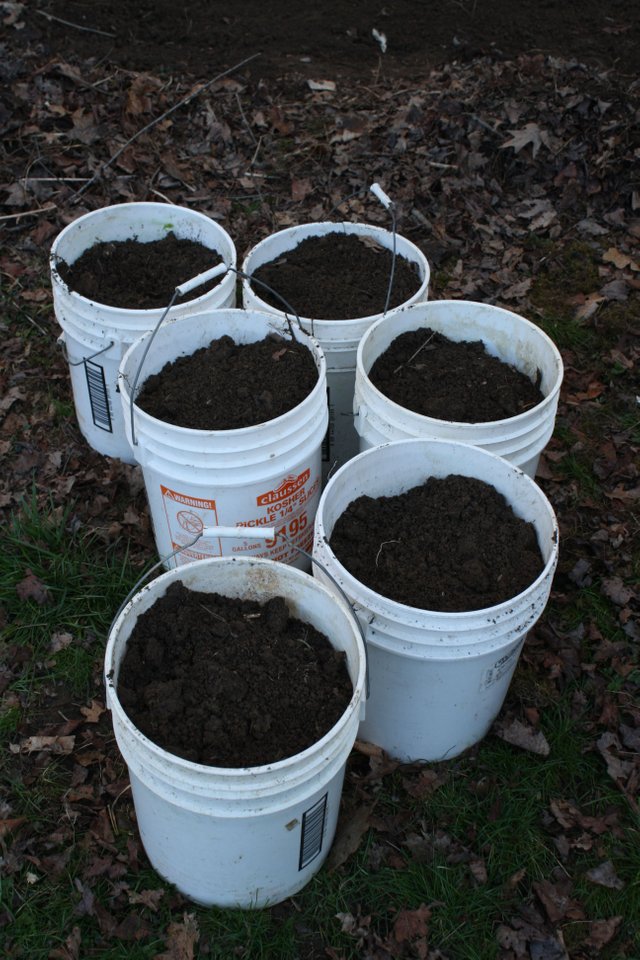
It took 17 buckets to fill the bed. I also mixed in about eight gallons of sphagnum moss that I had laying around. That makes over 90 gallons total. I decided to plant Oregon Sugar Pod II that I got form a local Ace Hardware. I dug the soil from the bottom of a shady slope at the edge of the yard that goes up Pine Mountain. The soil here is rich and dark with a nice clay loam ratio. Between the three beds I filled I've dug this spot out, so if I want to dig more I'll have to find a new spot.
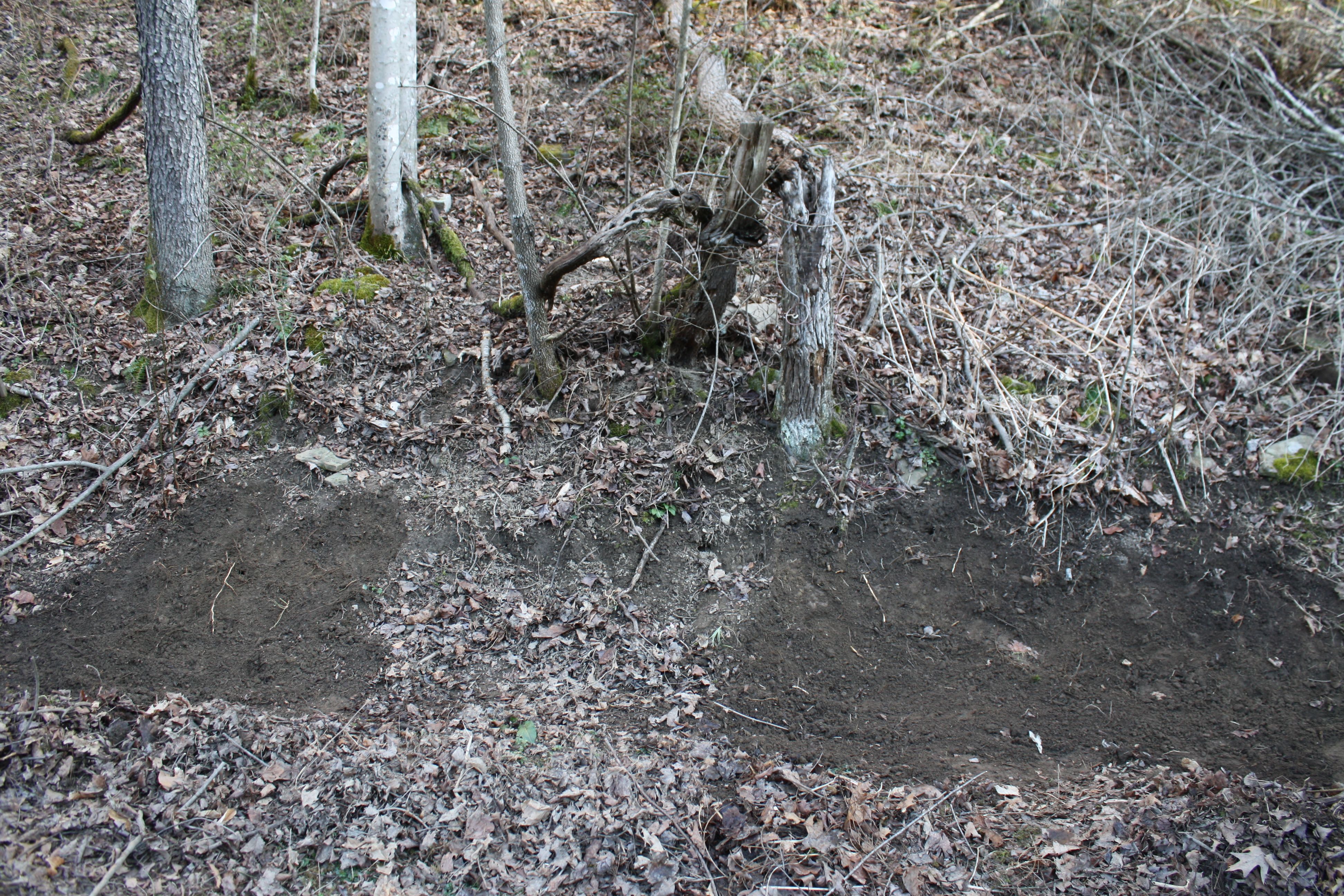
I would like to have had the peas planted when I got my other stuff in, but this will have to do. My plan is to just get one picking, and then plant the bed with a leafy green mix from Southern States. We got a heavy rain before I planted which was good because it settled the soil. I was worried this would happen after I planted. The soil was still in excellent shape despite the rain, and has me excited to see how well the peas will do.

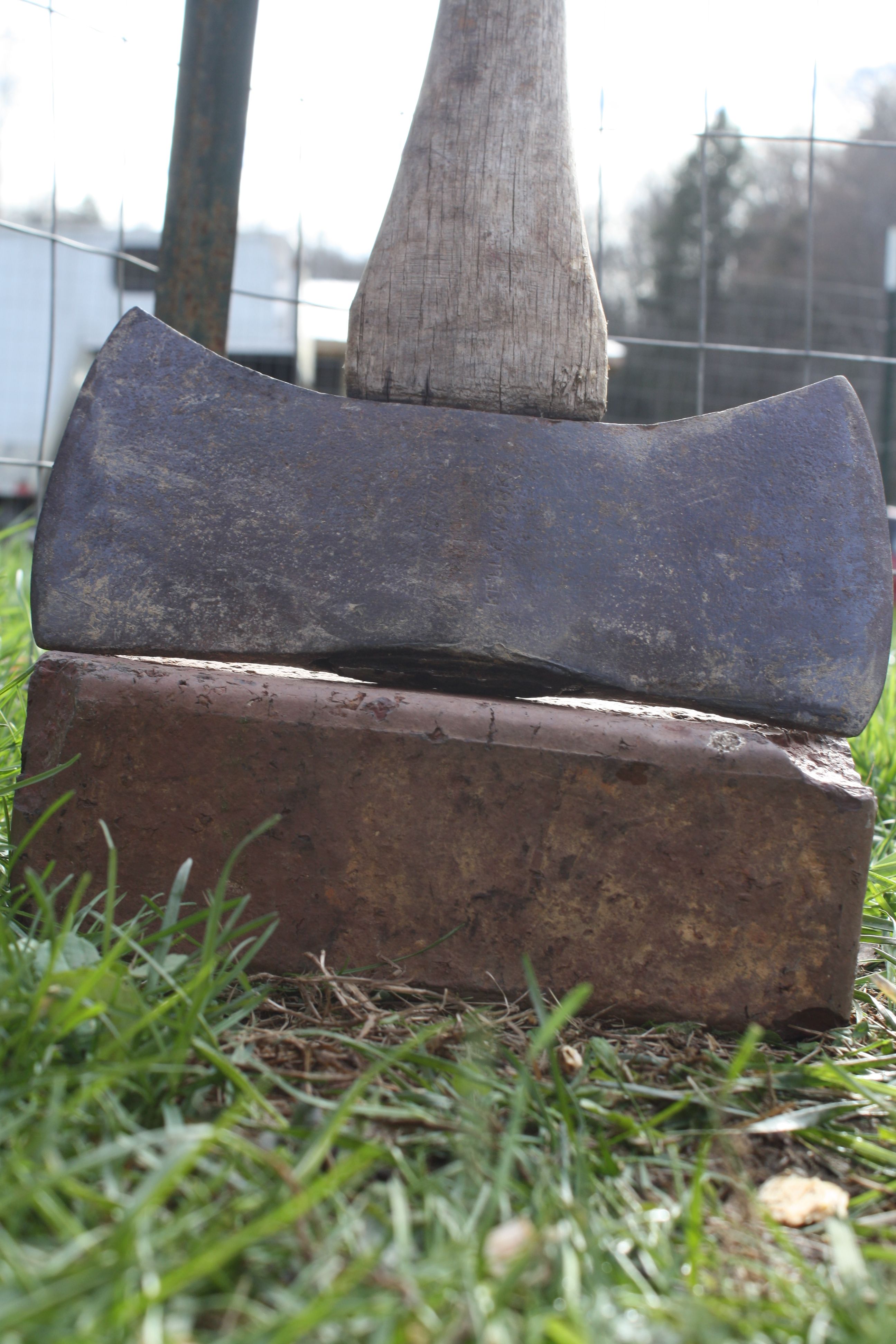
This is my old Kelly Flint Edge. I put the handle in myself close to 10 years ago and it's still as tight as ever, but it's long over do for a sharpen. You can find some great old tools at the flea markets and road side stands around here.
I was calling no more Freezing weather, but I was way off. We have had several -30 nights, and frosts pretty much every morning over the last week. Lucky the warm spell we had before that was plenty to get my radishes and kale above the ground, and so far they are doing just fine. The cold weather has slowed them down , and I've been covering them at night. When I don't forget...... A few cabbages came up, but I'm afraid there dead now. The spinach didn't make it up, though I had never expected it to. I planted some peas in their spot because I had so many seeds left. I had to buy more than I needed, and still have plenty left.

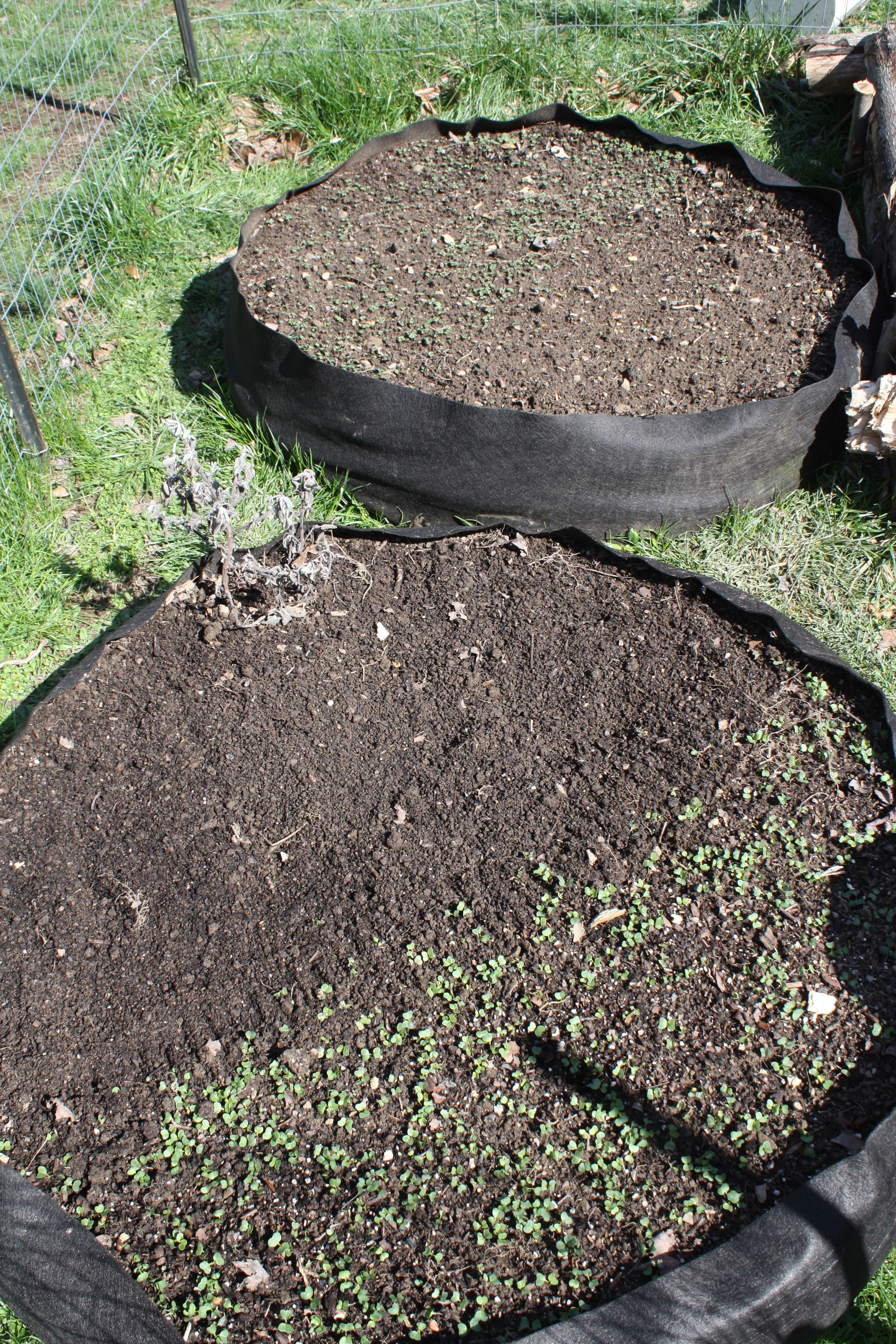
The bed in back has Siberian dwarf blue kale, and maybe a cabbage or two. The front bed has the radish and the extra peas. I'll let the peas lay on the fence and see haw they like it. Below is a close up of the radish one warm morning last weekend.

My gamble has really shown that folks around here are not taking advantage of the full Kentucky growing season. Every body uses some kind of machinery, and are weary of getting on wet ground. It's rare to see many gardens out until after the last frost date of May 15th, and few people even consider planting anything until up in April. Of coarse there are exceptions, but for the most part people only grow crops between May and September. Raised beds and cool season varieties could extend our home growing season to between March and October, possibly Early November.
I think it's always a good idea to take a risk with early plantings, as long as you have the access to seeds. The value of success is far greater than the cost of failure, so why not try? If I can keep my plants alive we'll have a nice early mess of kale and radish to enjoy. Start a few seeds and see what happens. At the very least you'll learn something.
Way to use what you have to produce something you didn't. If you do a raised bed later on for longer periods you can just use a little cheap mud or clay to set the logs in place and still not cost a dime. That is a great axe. The older vintage steel is way better then newer. I like to pick up pieces like that for $15 here and there and just add a new handle and a little love on the sharping stones. Thanks for the idea of free raised beds.
I don't think you would even need to chink the logs. If a person could get a hold of scrap re-bar(or something similar), and used fresh log, especial a rot resistant species like black locust, a bed like this would last years. If you ever wanted to move them it would by like giant Lincoln logs. Very quick and simple. I have a vision of using these types of beds to remediate abandon surface mines her in Central Appalachia. Build the beds, put in a planting of multiple species with deep growing roots that can effectively penetrate compacted mine soils, then move the beds over after the plants are established and stat again. We can dredge our sediment polluted streams to fill the beds. Before long you have three feet(or how ever many feet you want) of topsoil on essential dead land.
Nice raised bed! I am inspired to work with logs now ;)
I really like the attitude of pushing the edge of the season.. especially when nature blesses us with abundance of seeds, there's no reason not to try to get some in early, if they make it great, if they don't we can plant more... instead of living in fear of frost... taking reasonable risk with the edge of the season plants... Nice!!
Thanks. I appreciate your comment. So far my gamble is paying off. every thing looks great, and the seedlings are just waiting for a few warm days to really take off. If there is one thing we have here it's logs. Always best to use what you have at hand. I appreciate the upvote. Have a great day.
Great post! You made it look easy :) This post has been resteemed @the-hearth, @mountainjewel's earth-based curation page. I hope many can be inspired at the ease with which you demonstrate creating a raised bed to grow delicious veggies! Thanks!
Thank you. I appreciate your support.
Hey @mouthofthecreek, may I link this article and feature your username in the next issue of the Weekly Homesteading Newsletter tomorrow? Let me know, thanks!
That would be great @kiaraantonoviche . Thanks!
Start a few seeds and see what happens. At the very least you'll learn something.
Wise words, my friend! Have fun out in the dirt!
Thanks. There's a lot of wisdom in the dirt.